Near previously launched a smart door sensor which you could use for security purposes or set automations to turn devices on/off based on the status of the sensor. However, the Near Smart Door Sensor requires about 6-8 seconds of waiting time before the automation actually kicks in. The new Near Smart Motion Sensor comes in to fix that issue, well almost. The Near Smart Motion Sensor retails for S$24.90.
Unboxing
In the box, you can find the following items:
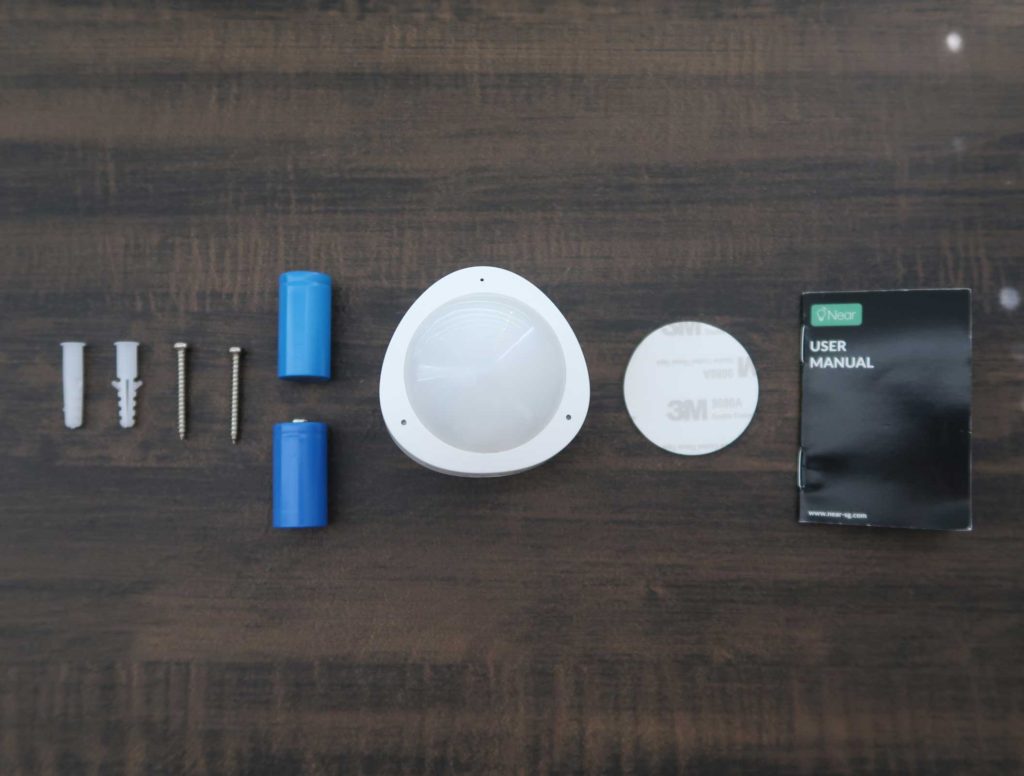
- Near Smart Motion Sensor
- 3M adhesive sticker
- Wall mounting screws
- CR123A batteries x2
- User manual
Tech specs
| Power Input | 2 x CR123A battery (included) or Micro B USB cable 5V 1A (not-included) |
| Wi-Fi | 802.11 b/g/n 2.4GHz (Does not support 5GHz network) |
| Sensor | Passive Infrared sensors (PIR) 120º detection angle |
| Dimensions (LxWxH) | 58mm x 20mm (without mount) / 60mm (with mount) |
| Weight | Approximately 90g |
| Compatibility | Android 4.0+, iOS 8.0+ |
| Integrations | Alexa |
| Certification | CE, IMDA, ROHS, CB, TUV |
How does it work
Motion sensors are usually used in conjunction with lights, where if motion is detected then the lights turn on. The Near Smart Motion Sensor works just like a regular motion sensor – it detects motion and it is up to you on how you want to use that information to automate your device or appliances. But because the Near Smart Motion Sensor is ‘smart’ so it uses Wi-Fi, the sensor and the device can be very far apart.
The Near Smart Motion Sensor can be powered by batteries (CR123A) or through micro-USB. I’d recommend using micro-USB because the sensor seems to work faster (I’ll get into that later). To open the back of the sensor, simply twist the lid anti-clockwise.
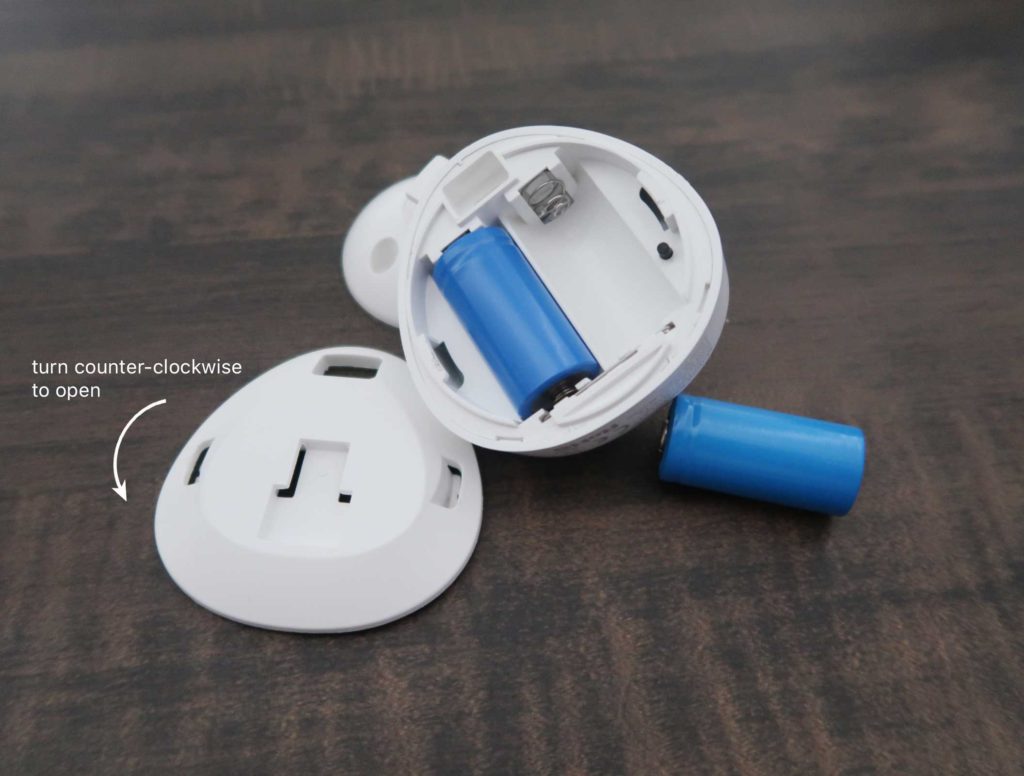
The sensor uses Passive Infrared sensors and has a detection angle of 120º. I found the sensor to be accurate and not overly sensitive.
If you need help with the installation you can check out Near’s installation guide below:
Design and build quality
The Near Smart Motion Sensor comes in one colour – white, and is made mainly from plastic. The sensor comes with a detachable mount, which has a ball head to adjust angles. Near provides a 3M sticker for the feet of detachable mount so you can easily stick it on walls or cabinets. There is some slight rattling inside while giving it a shake.
The micro-USB port is located at the back of the device and the indented space is large enough to fit the housing of the cable.
App features
In the app, the interface of the Near Smart Motion Sensor is very similar to the Near Smart Door Sensor. There is no controls to turn on/off the sensor as it basically works as a trigger or security device for tracking sensor logs.
What you can do in the app is check the history of motion detected, set what actions trigger notifications, and customise the name and icon.
You can change the name of the sensor to whatever you like it to be, which can be helpful if you have multiple of these so renaming it makes it identifiable. You can also change change the icon to a custom photo from your photo gallery or take a picture on the spot.
Automation
If you’re thinking of getting the Near Smart Motion Sensor, most likely you’re getting it because you want to automate some devices at home. If your goal is to use motion as a trigger to turn on your existing Near smart lights (eg. Near Smart Light Strip), then the Near Smart Motion Sensor will simple to set up. You can setup an automation like below, where the light will turn on when a motion is detected and auto turn off after 5 min if there is no movement. This setup works great for bathroom lights.
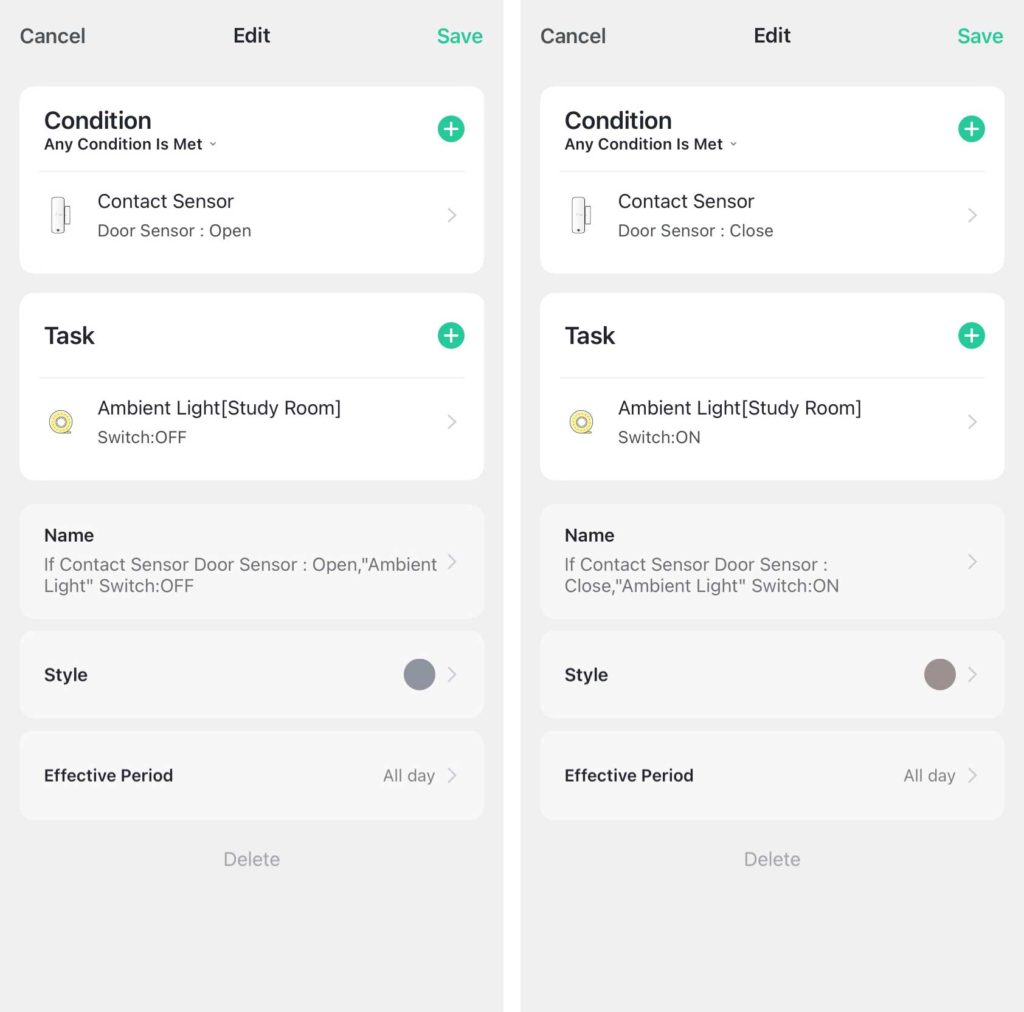
If you intend to use the Near Smart Motion Sensor for non-Near devices such as an IKEA lamp, then you may have to also purchase the Near Smart Plug to get the device on the Near ecosystem for automation in the app.
There is are two ways to power the Near Smart Motion Sensor – battery or micro-USB. I recommend powering it through the cable method as the automation that are setup run instantly. Whereas if you use the batteries, I found that you have to wait for about 3 to 4 seconds for the automation to run. Hence, if you’re relying on using the Near Smart Motion Sensor as an automatic switch to turn on the light when you’re in a particular room, then I highly recommend powering the Near Smart Motion Sensor by the cable. Check out both videos below for a clearer illustration:
The video below shoes that powering the Near Smart Motion Sensor with the micro-USB cable, the automation to turn on my Near Smart Light Strip runs instantly:
However, the video below shows that when using batteries, the same automation takes around 3 seconds for it to run:
Another thing to note about the Near Smart Motion Sensor is that is only compatible with Amazon Alexa, no Google Assistant support here. But then again, I’m not too sure of the need of Google Assistant on a motion sensor so that is fine to me.
Conclusion
The Near Smart Motion Sensor does what it is expected to do but only if you have it plugged in via a micro-USB cable. Another caveat is that the automation works with only Near devices or you could the Near Smart Plug as a workaround. However, that isn’t considered a downside as other smart sensors in the market also requires you to be on their ecosystem. If your planned location requires the Near Smart Motion Sensor to run on battery, then you have to take note of the 3-4 second lag time.


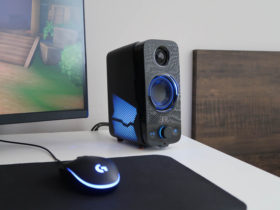

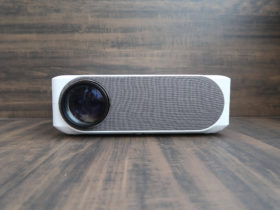
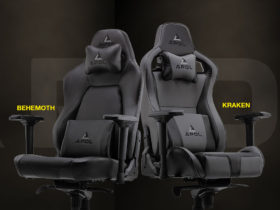
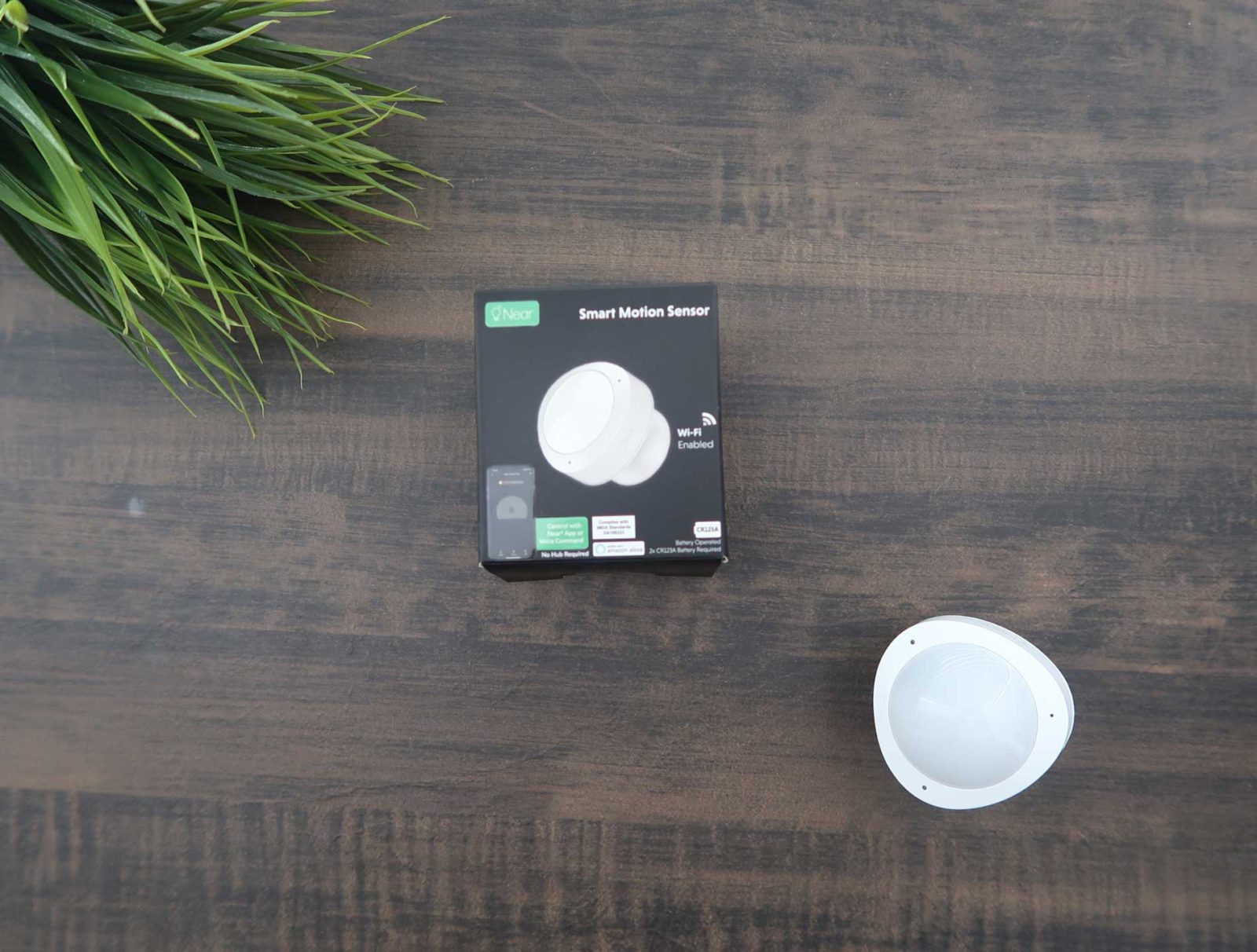

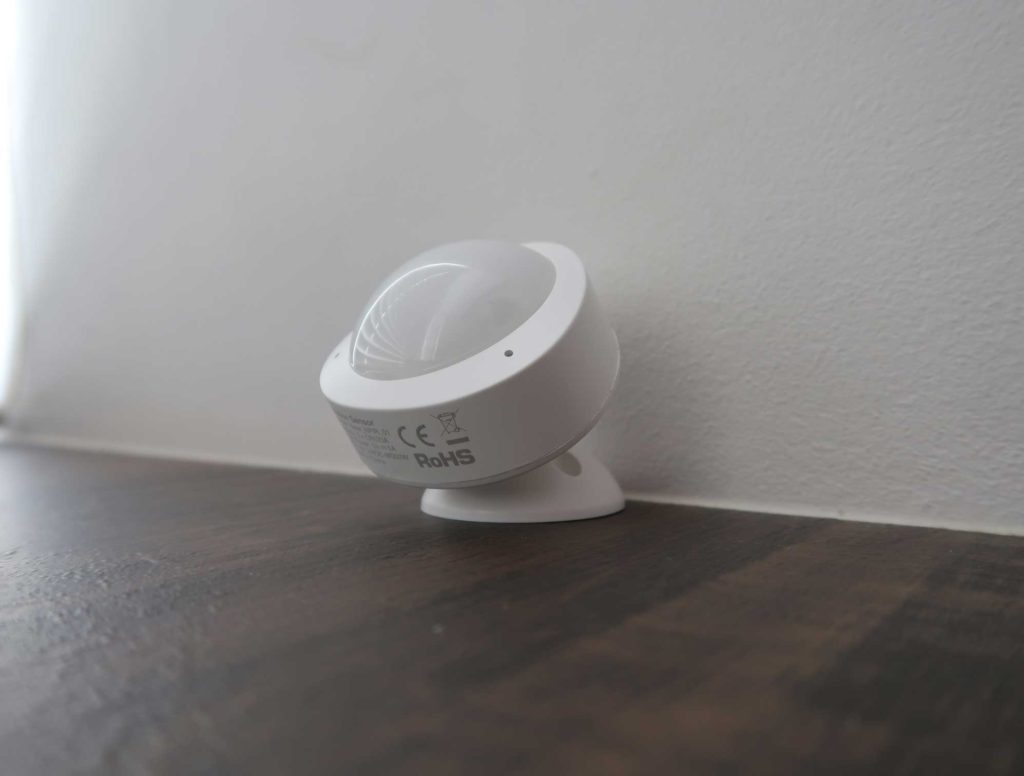
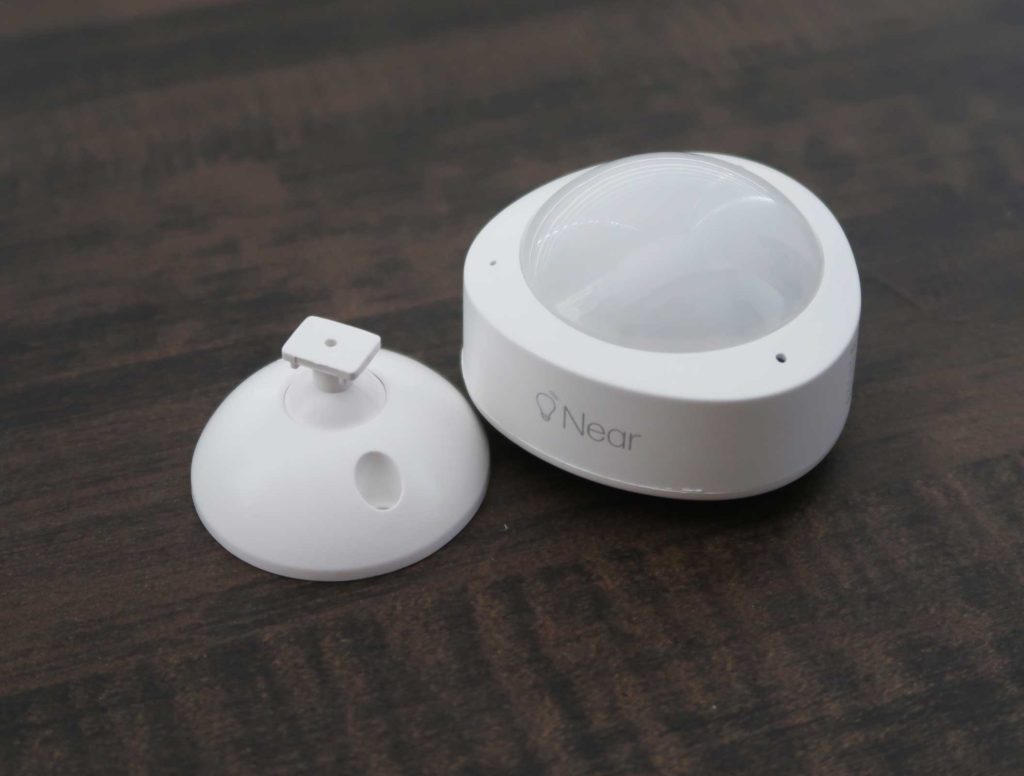
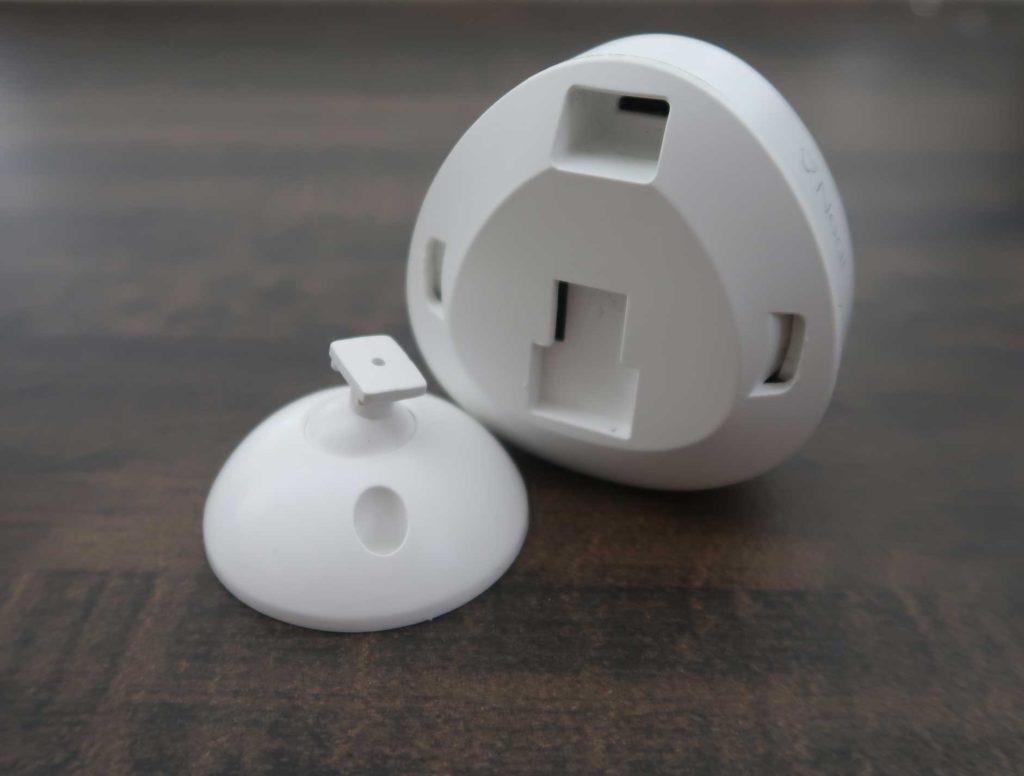
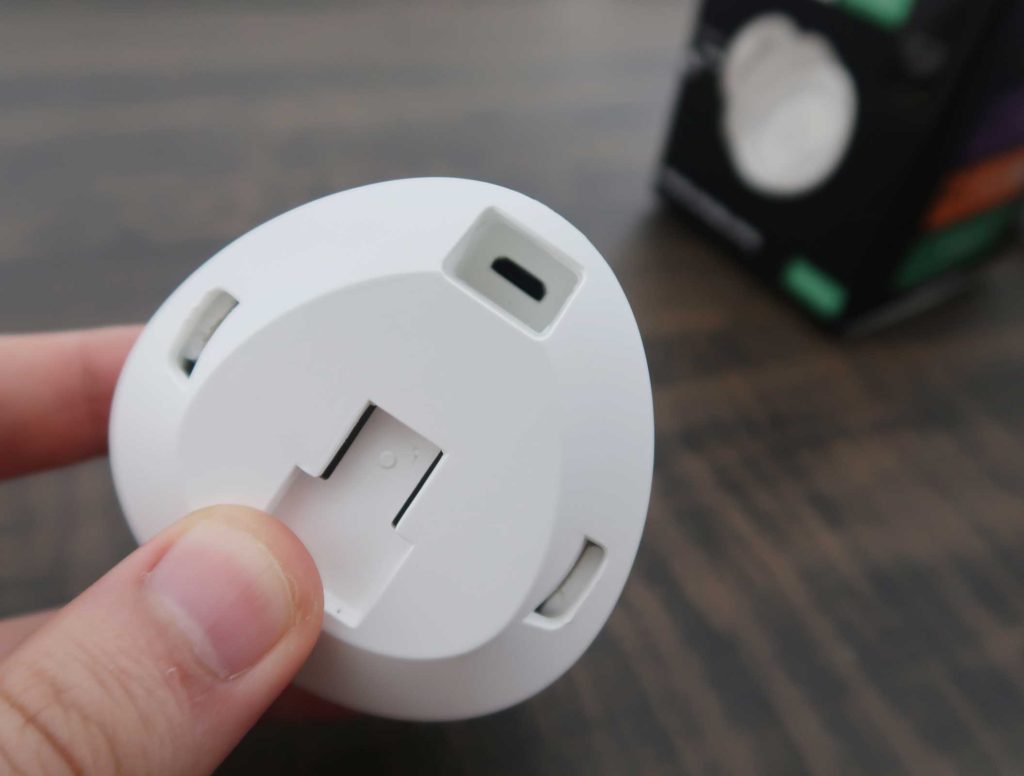
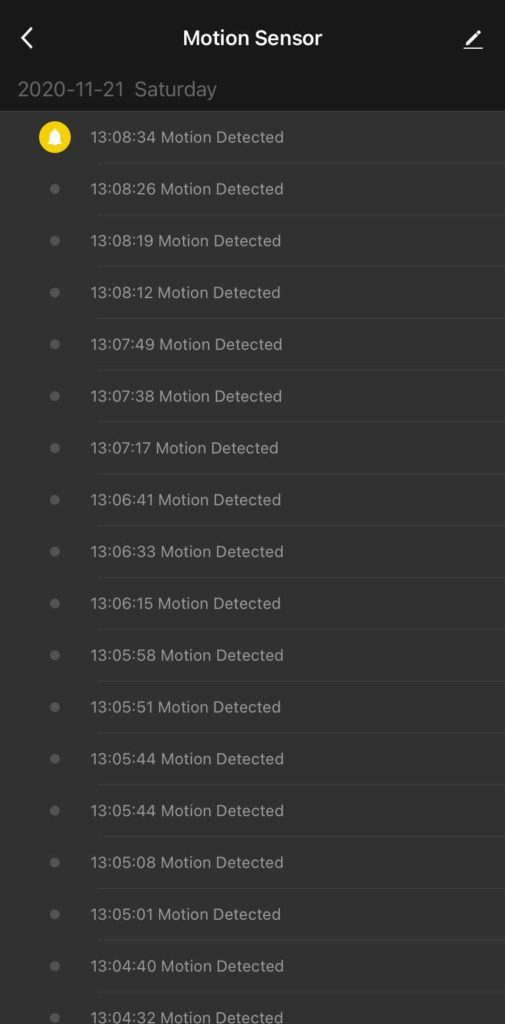
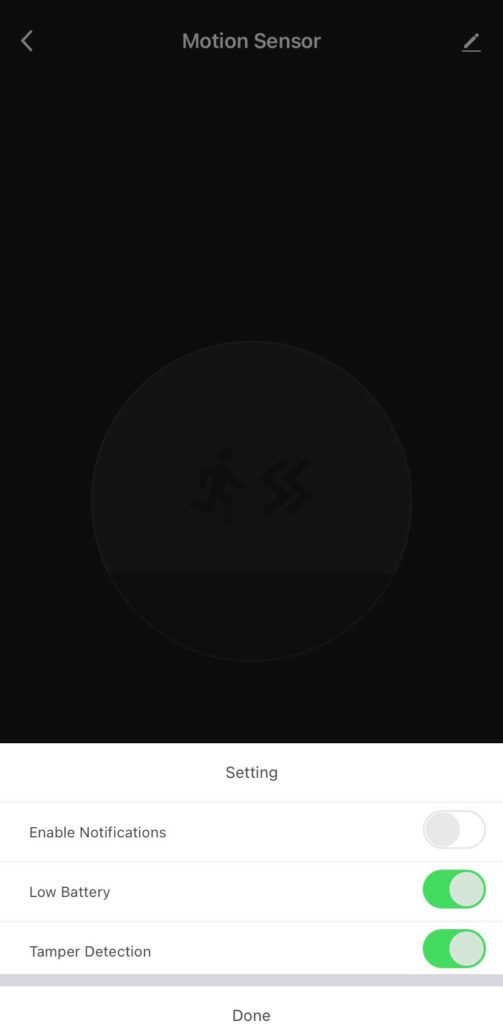
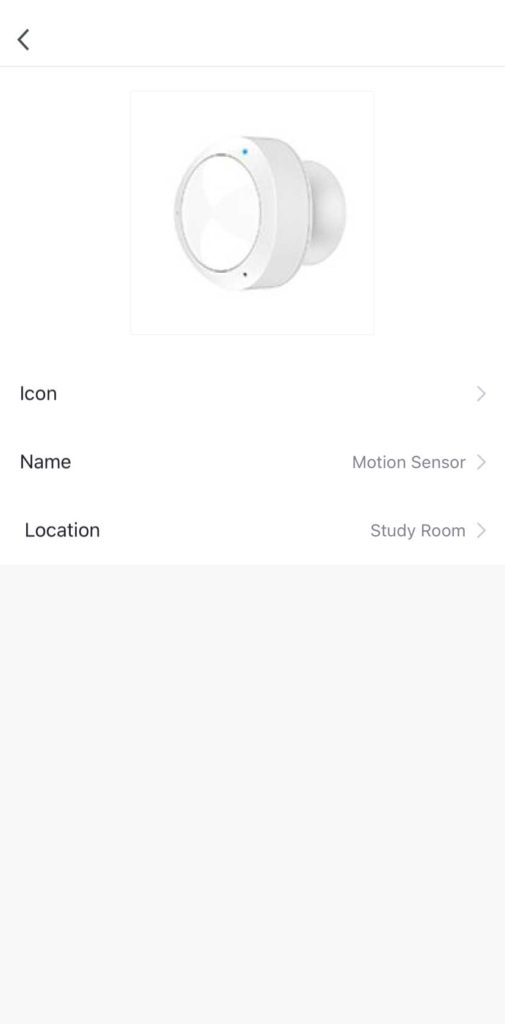
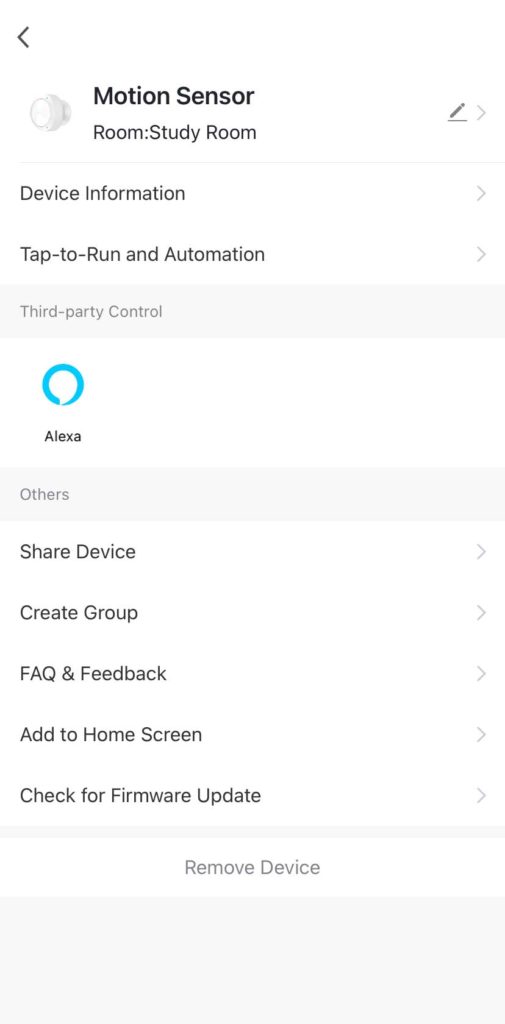







Leave a Reply